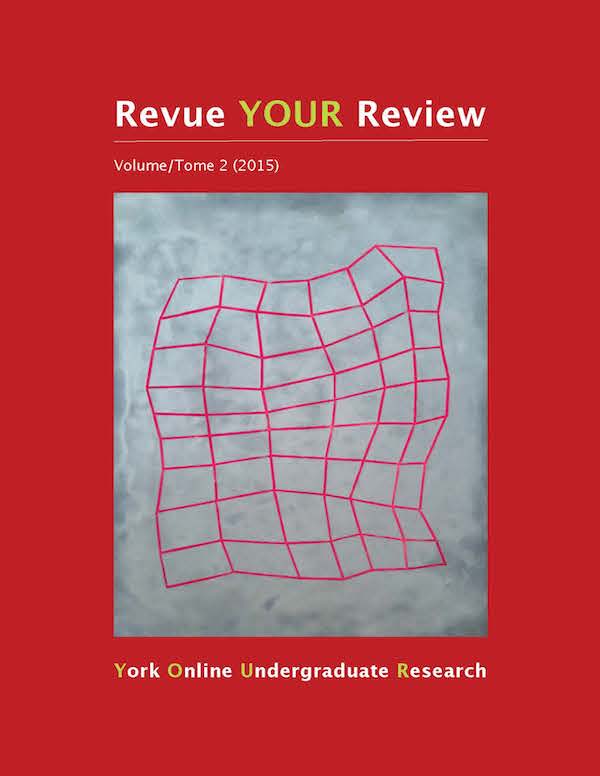Detection of Micro RNA-210 Using Optical Biosensing Platform Based on the Actuation of Discrete Gold Nanoparticle Dimers
Abstract
In recent medical development and research, people have been challenged on detection of biomarker in diseases via a ready and cost-effective method at early stage of diseases. Micro RNA-210 (miRNA-210) is well known as a sensor for hypoxia as the level of miRNA-210 typically rises in response to low oxygen tension in various cell types. Detection of the level of miRNA-210 during pregnancy could potentially prevent pregnancy-related disorders, such as Pre-Eclampsia. The purpose of this project is to achieve a detection of miRNA-210 using a sensing platform based on the actuation of discrete gold nanoparticle dimers. This sensing platform has been established for the detection of short oligonucleotides, such as single-stranded DNA. The optical response is achieved via a geometrical extension of the dimers upon binding of analyte. The detection signal is a spectral blue shift in the hybridized plasmon mode as measured via single nanostructure scattering spectroscopy. We applied this optical biosensing mechanism to the detection of miRNA-210 in our project. Our experimental results show a spectral blue shift when the dimers were exposed to miRNA-210, which is evidence of successful detection of miRNA-210. The magnitude of this shift was gradually improved by optimizing experimental conditions, including changing salt concentration, buffer type, and incubation time of analyte. In addition, the calibration curve and detection limit of miRNA-210 were also studied. To conclude, our project demonstrates an optical biosensing platform for the detection of miRNA-210 with ultralow detection limits and ability to differentiate interfering molecules, which offers a promising future for prevention of pregnancy-related disorders.Downloads
How to Cite
Issue
Section
License
Authors contributing to Revue YOUR Review agree to release their articles under one of three Creative Commons licenses: Creative Commons Attribution 4.0 International; Creative Commons Attribution-NonCommercial 4.0 International; or Creative Commons Attribution-NoDerivatives 4.0 International. All editorial content, posters, and abstracts on this site are licensed under Creative Commons Attribution-NoDerivatives 4.0 International. For further information about each license, see:
https://creativecommons.org/licenses/
In all cases, authors retain copyright of their work and grant the e-journal right of first publication. Authors are able to enter into other contractual arrangements for the non-exclusive distribution of the e-journal's published version of the article (e.g., post it to an institutional repository or publish it in a book or in another journal), with an acknowledgement of its initial publication in this e-journal.


